The global housing crisis has become a pressing issue, with millions of people lacking access to safe and affordable housing. Addressing this crisis requires innovative solutions that prioritize sustainability and environmental responsibility. Clay mega-blocks, a versatile and eco-friendly material, have emerged as a potential solution in the field of housing and urban development. This research aims to explore the manufacturing process, feasibility, and advantages of clay mega-blocks, shedding light on their role in shaping a more sustainable future.

Role of Clay in Architecture
Clay has played a vital role in construction for centuries, with its unique properties making it an attractive material for architects and builders. Its thermal mass, structural integrity, and malleability make it an ideal choice for sustainable construction. Clay’s ability to regulate temperature, store heat, and provide excellent insulation contributes to energy efficiency in buildings. Additionally, the abundance of clay deposits in various regions around the world makes it a locally available and cost-effective choice for construction projects.
Ancient Construction Systems
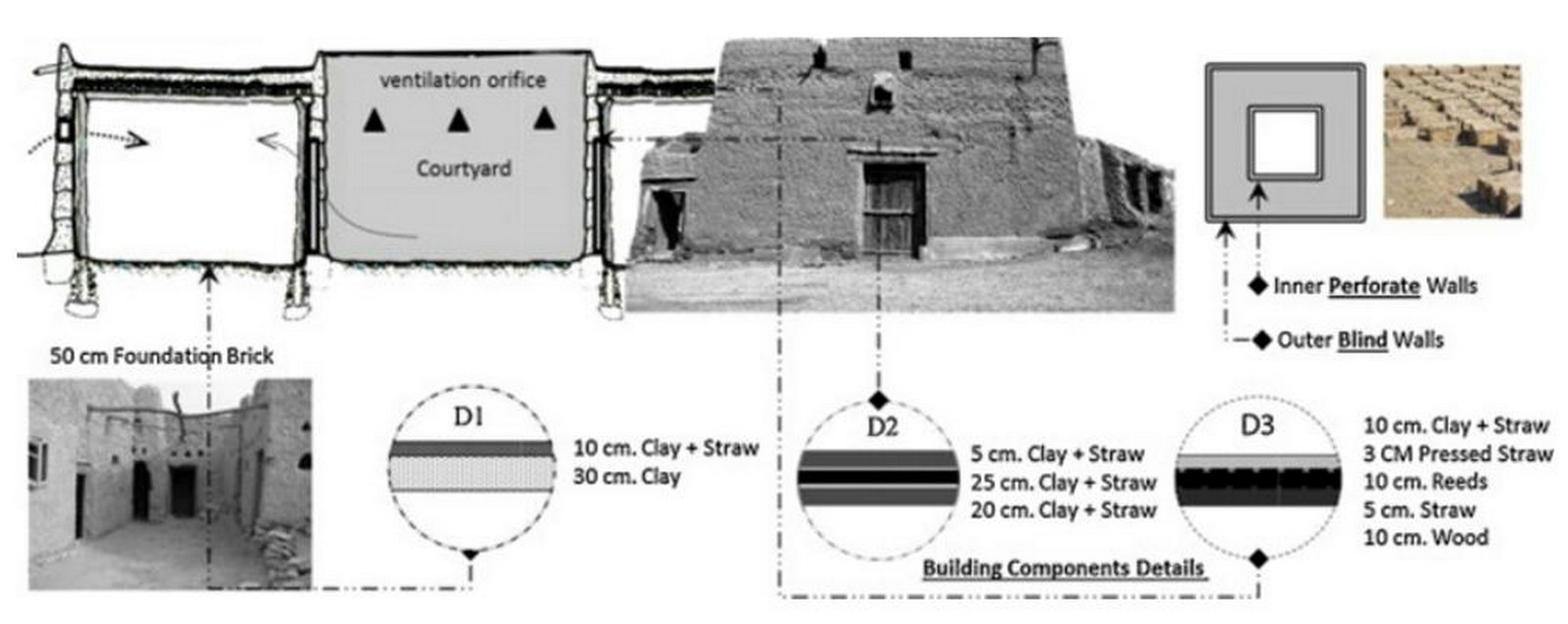
Drawing inspiration from traditional construction methods utilizing clay, such as adobe, rammed earth, and cob, modern architectural practices can incorporate sustainable techniques. Adobe, for example, involves moulding clay-rich soil into bricks, which are then sun-dried or fired. This method not only utilizes natural materials but also reduces the energy required for firing. Rammed earth construction, on the other hand, involves compacting moistened clay between formwork, creating load-bearing walls that offer excellent thermal performance. Cob construction utilizes a mixture of clay, sand, and straw, forming monolithic structures that provide thermal mass and architectural freedom.
Comparative Analysis of Case Studies

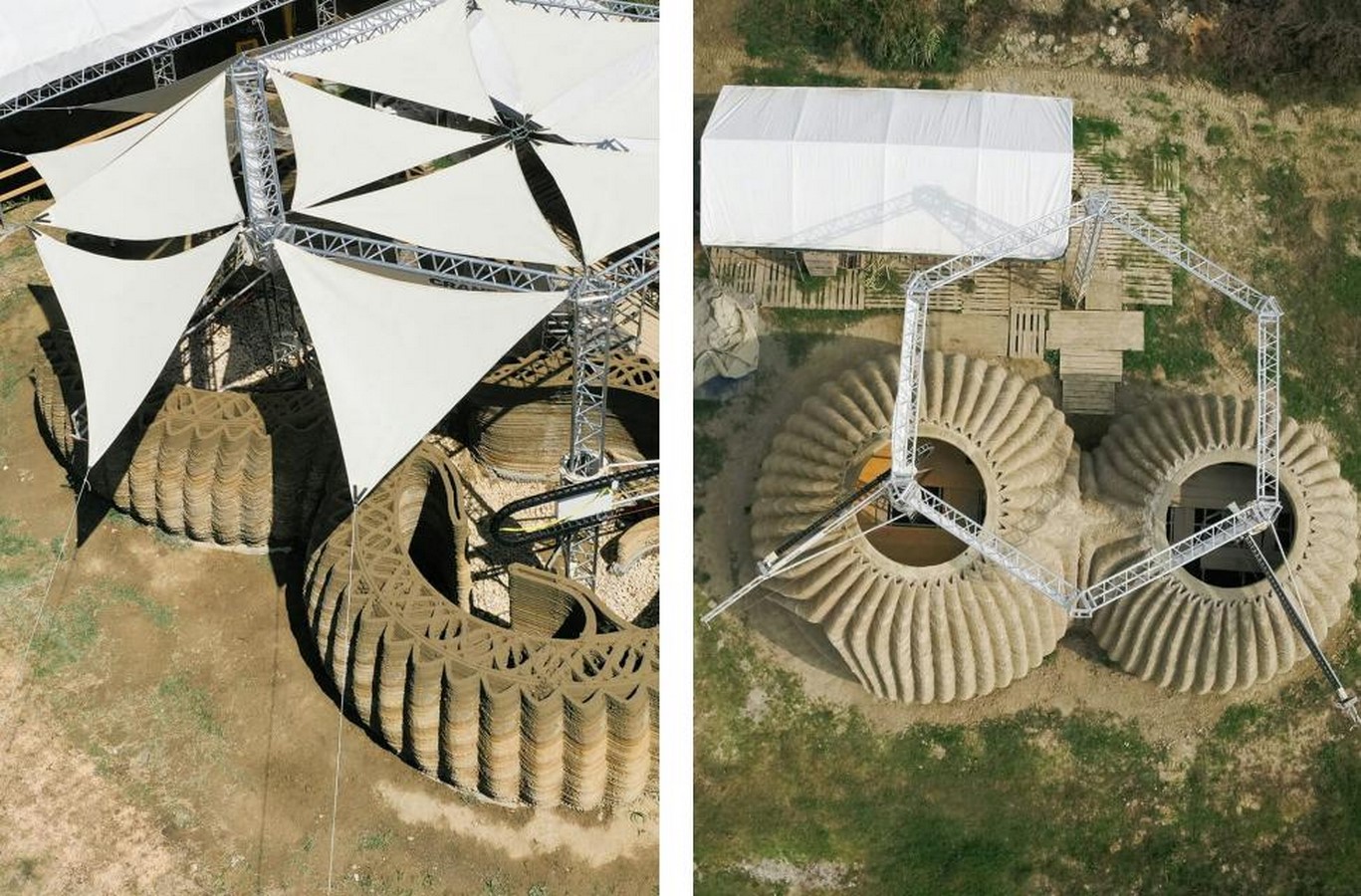


Examining case studies provides insights into the practical application of clay mega-blocks in contemporary construction. The Ancient Mud Skyscraper City in Yemen stands as a testament to the durability and sustainability of clay construction, with multi-story buildings made entirely of rammed earth. The Tecla House, designed by Mario Cucinella Architects, highlights the potential of 3D printing technology using clay-based materials. By layering clay in a continuous loop, the house was constructed with reduced waste and optimized resource usage. Furthermore, the Mexico Pavilion, built for the Dubai Expo 2020, exemplifies the versatility of clay mega-blocks through innovative design and sustainable practices. The pavilion incorporated a self-supporting structure made of recycled clay blocks, highlighting the material’s adaptability and environmental benefits.
Benefits of Clay through Modern Technology
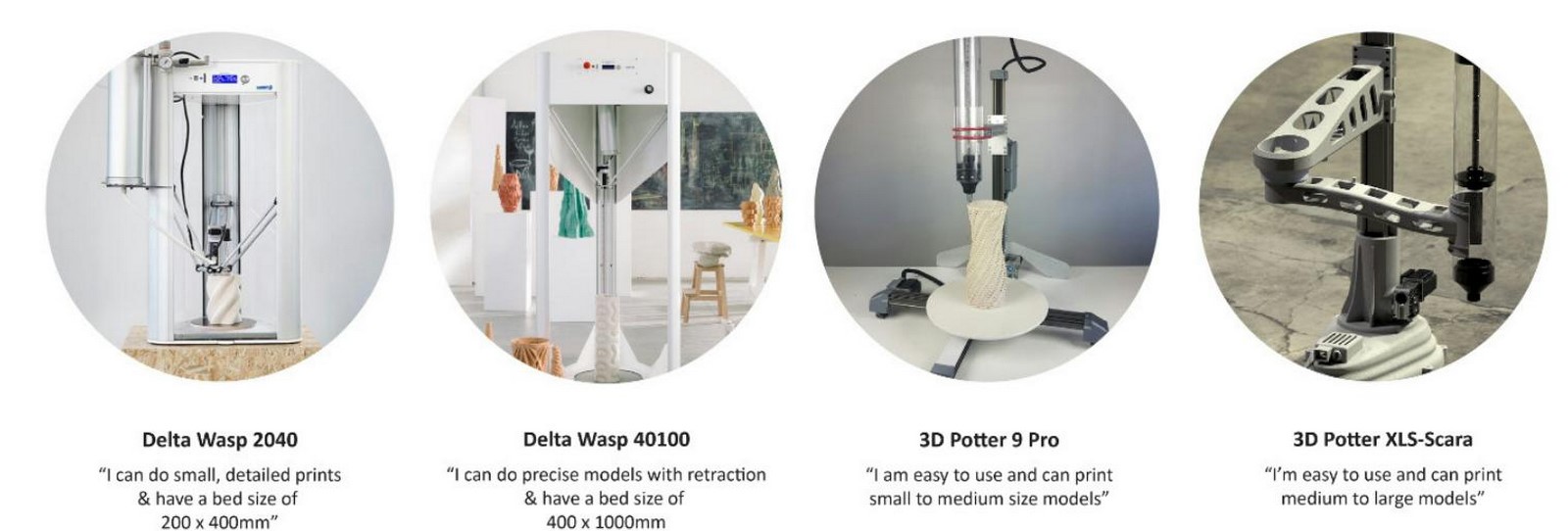
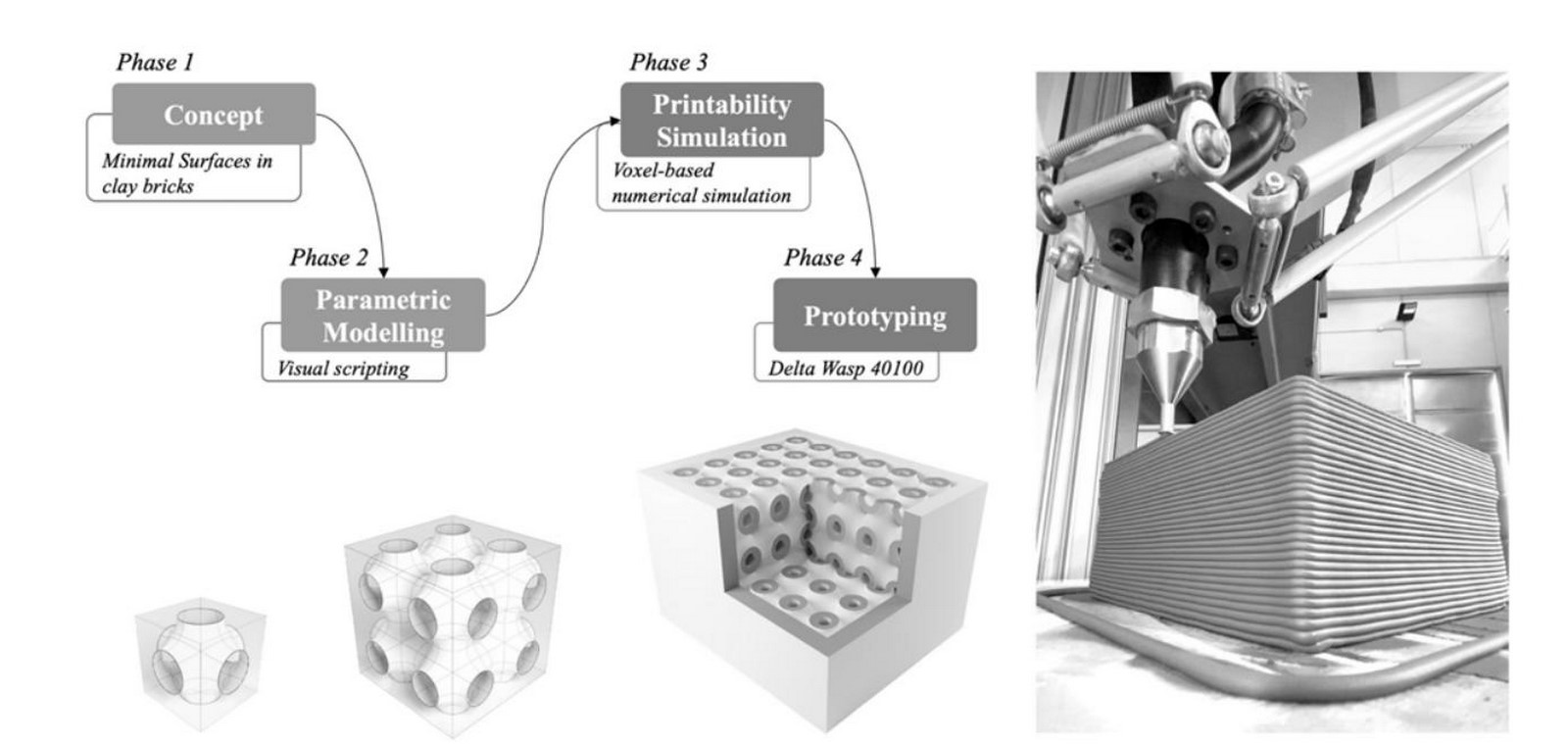


Leveraging modern technology, clay mega-blocks offer numerous benefits for sustainable housing and urban development. Advanced manufacturing techniques, such as automated moulding and 3D printing, enable precise and efficient production of clay blocks. These methods reduce material waste, enhance structural integrity, and streamline the construction process. Moreover, the use of clay mega-blocks reduces the carbon footprint associated with traditional construction materials like concrete and steel. Clay, being a natural and renewable resource, provides an environmentally friendly alternative that promotes sustainability and reduces reliance on non-renewable materials.
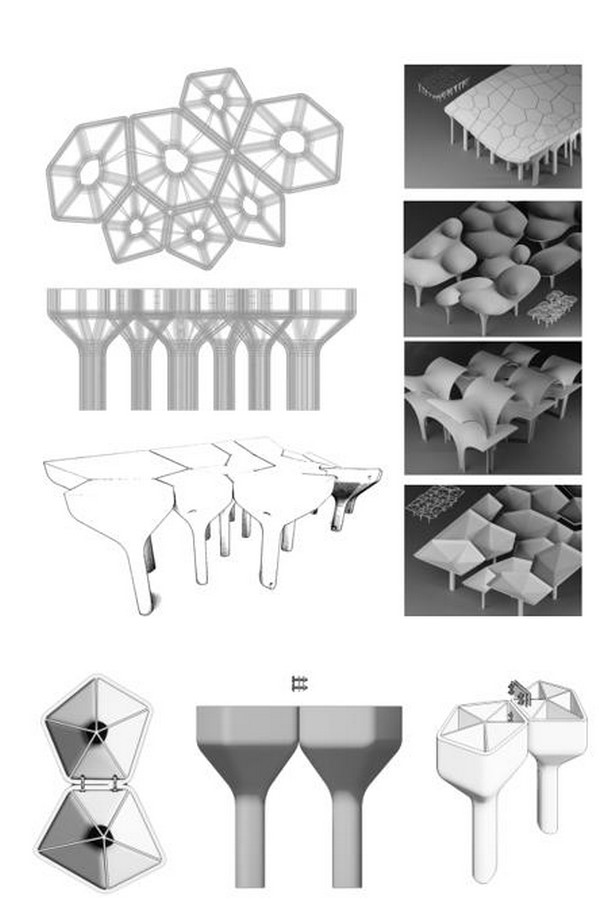
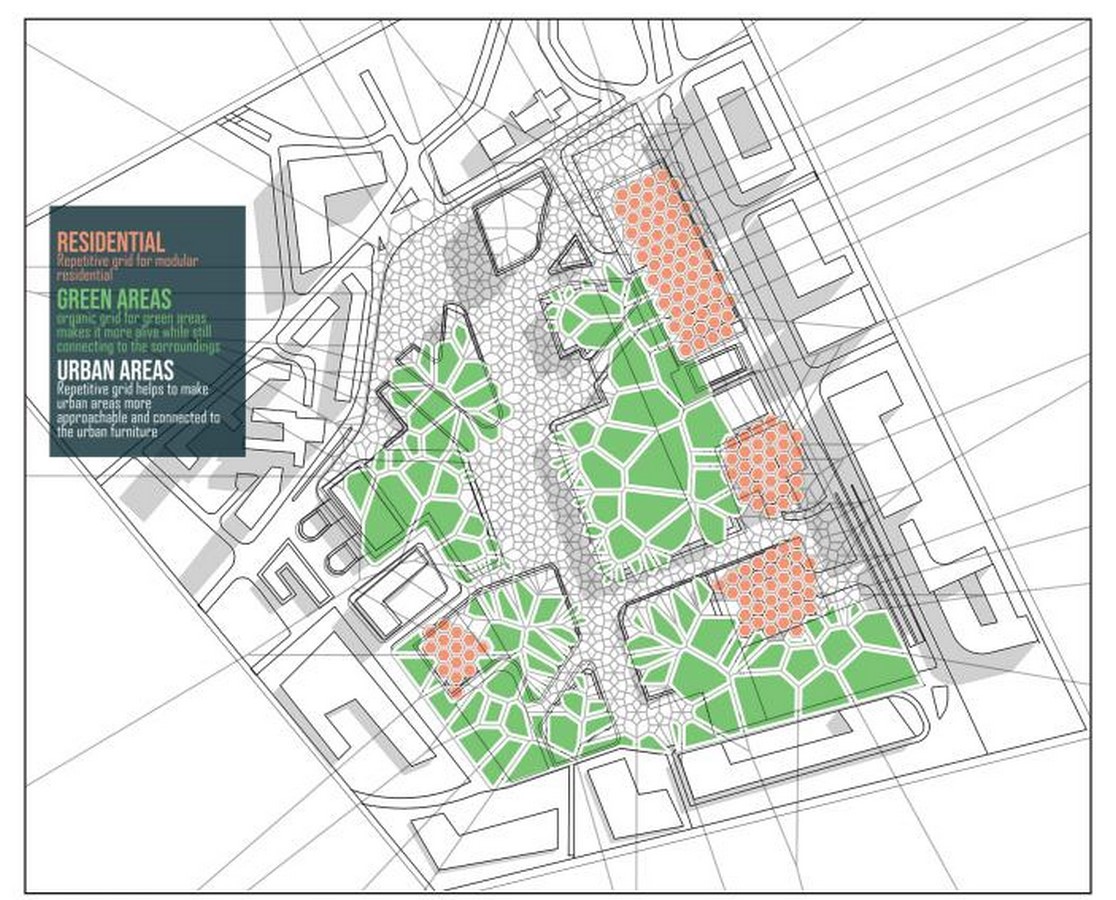
In the context of Croydon Town, the implementation of Voronoi components with clay 3D printing technology offers a scalable approach to creating functional structures such as benches, pavilions, and housing systems. The testing phase begins with experimenting on a small scale, typically starting with a bench prototype. The Voronoi pattern, characterized by its intricate network of cells, provides both structural integrity and aesthetic appeal. Through small-scale testing, the design can be fine-tuned to ensure optimal material distribution and structural performance. Once the bench prototype is successfully tested and refined, the next step is too upscale the Voronoi component for pavilions and housing systems. By leveraging the principles and parameters established in the bench prototype, the Voronoi component can be scaled up to accommodate larger structures while maintaining its structural integrity and visual coherence. The clay 3D printing technology plays a crucial role in realizing these structures. The additive manufacturing process allows for the precise deposition of clay layers, accurately replicating the intricate Voronoi pattern. The automated nature of the 3D printing process ensures consistency and efficiency in material application, minimizing waste and optimizing resource usage. Applying the upscaled Voronoi component in pavilion and housing systems within Croydon Town offers numerous benefits. The use of Voronoi patterns enables the creation of diverse architectural elements and environments, enhancing the overall urban design. The integration of green spaces facilitated by the irregular polygons created by Voronoi lines fosters community engagement and contributes to a more sustainable and liveable urban environment. Furthermore, the combination of Voronoi components and clay mega-blocks in housing systems revolutionizes residential architecture.

The computational design techniques and midjourney artificial intelligence (AI) for conceptual designs introduce innovation to the construction process. The utilization of Voronoi diagrams and computational design enables optimized space planning and resource utilization. Clay, as a construction material, offers advantages such as abundance, eco-friendliness, and health benefits, providing a healthier living environment and reducing carbon emissions.
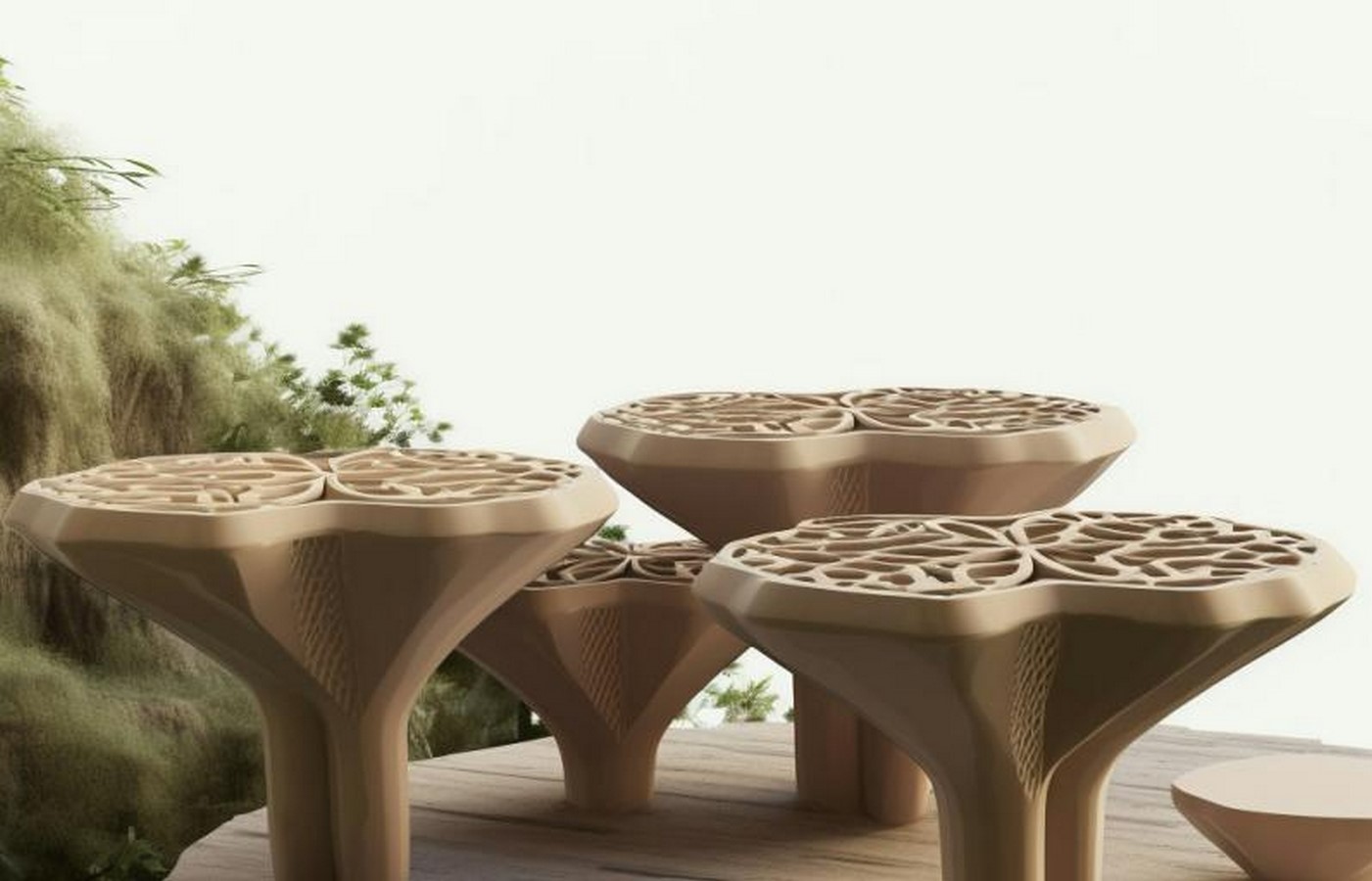


When constructing a three to four-storey housing apartment in London, suitable frame structure options include timber, steel, and reinforced concrete. Timber is often considered the best material to pair with clay due to its sustainability, versatility, and structural strength. By incorporating clay mega-blocks and Voronoi components, modular and sustainable homes can be built, transforming residential architecture. While clay mega-blocks offer promising advantages, several challenges and considerations need to be addressed. These include ensuring consistent quality control in manufacturing, developing appropriate building codes and regulations, and educating the construction industry on the benefits and techniques of using clay as a primary construction material. Collaboration between architects, engineers, manufacturers, and policymakers is essential to overcome these challenges and drive the adoption of clay mega blocks in sustainable housing projects.
Clay mega-blocks have the potential to revolutionize sustainable housing and urban development by combining ancient knowledge with modern technology. Their thermal properties, structural integrity, and eco-friendliness make them an attractive choice for creating affordable and sustainable housing solutions. Embracing clay as a building material can contribute to a more sustainable and resilient future. As research and innovation continue to enhance the manufacturing processes and address challenges, clay mega-blocks can play a significant role in shaping the sustainable cities of tomorrow.



























